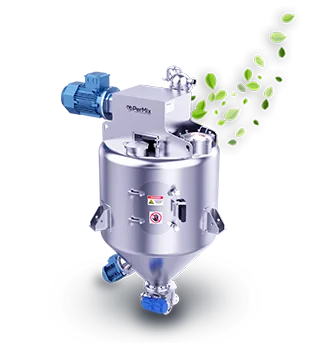Industrial Mixers For All Applications
PerMix News




What is mixing? What are you trying to accomplish when you mix? Where do you start? These are some questions you ask when approaching a new mixing situation. A lot of factors are involved in determining the best mixer to use the most efficient batch size and mixing time, and how’s your material’s particle size distribution, size density, and shape will affect your mixing.
The whole idea of mixing is to distribute different ingredients within a batch in such a way that when you divide the batch each division has the same proportion of each ingredient. This sounds easy, what’s difficult is determining just how uniform the mixture has to be.
With a well-planned mixing specification, you can minimize the difference between batches of the end product. Ingredients are classified as majors, minors, and micros. A major is more than 5 percent of the batch, a minor is from 1 to 5 percent and micro is less than 1 percent.
If there is no clear mixing specifications, each time the batch is made, different operators might change the order of addition. And each time this changes the batch and vary. Thus the ingredient addition order becomes a variable that can change the consistency of the product.
Sampling can help ensure that your batch has the right mixture. Knowing what size sample to take is critical. Sample size is particularly important when the end product is tiny. The sample not only determines if a batch is good, it also determines if a rework is required. Therefore, you want it to be based on a correctly taken sample. Ensuring that your samples are taken in the same way every time eliminates another variable from the process
#mixingtechnology#Sampling#Specifying#permix#engineering#technology
